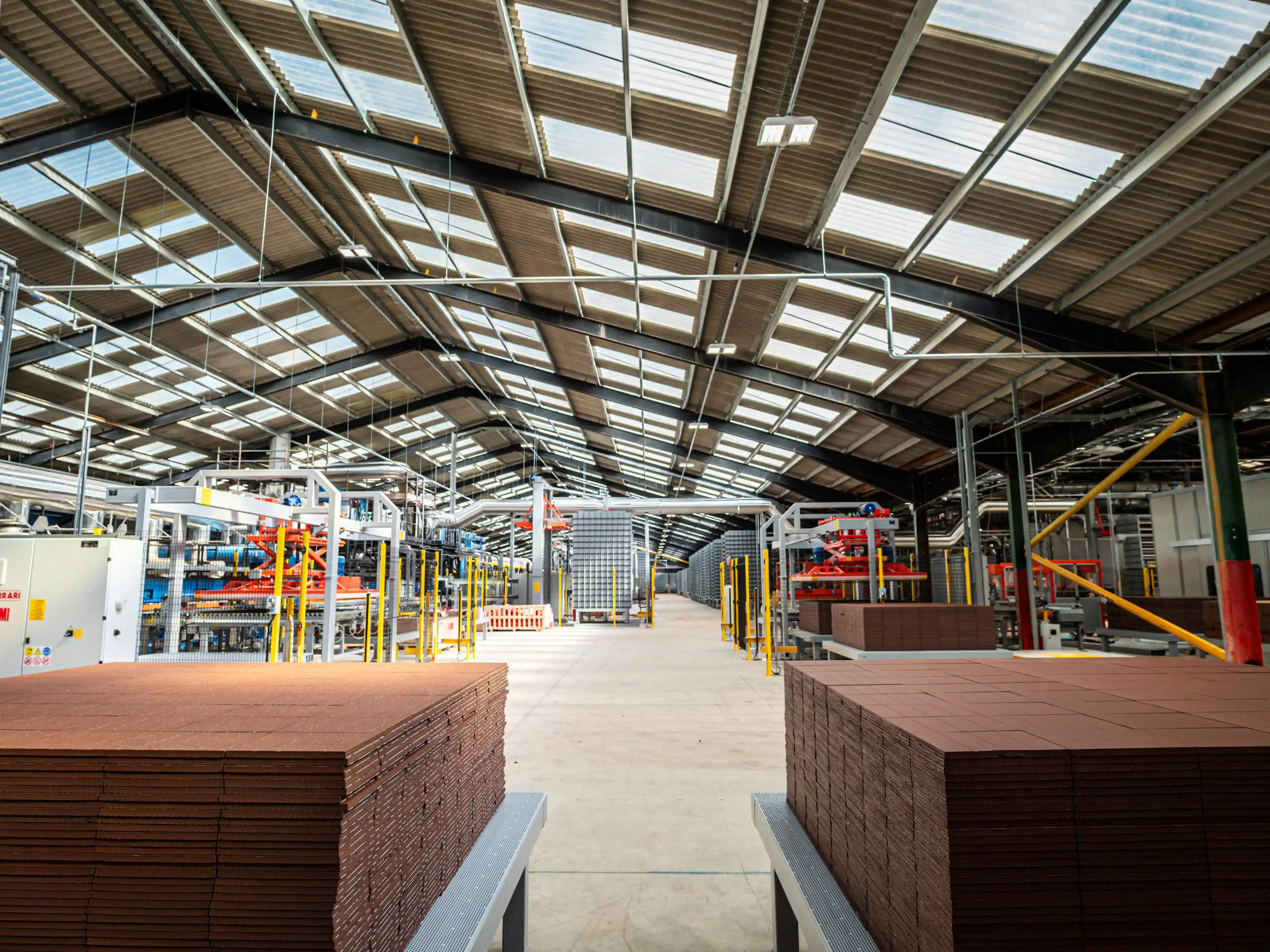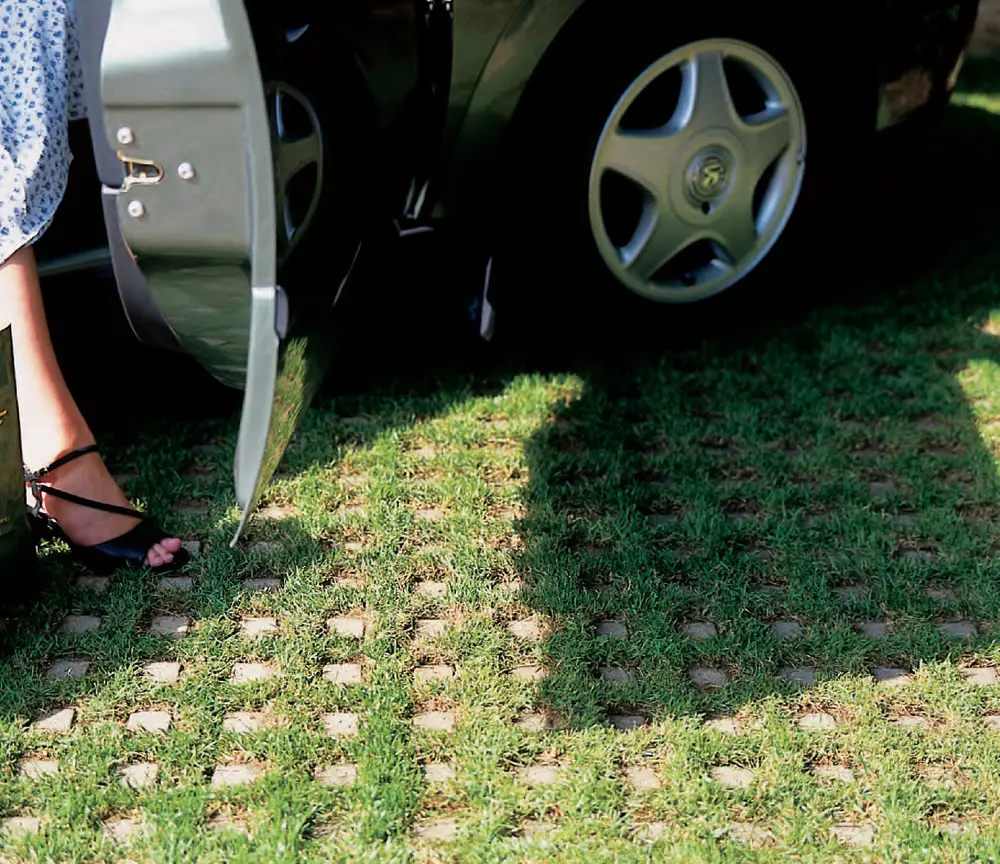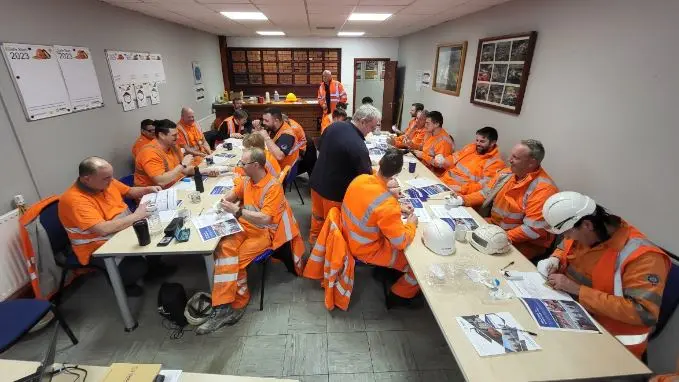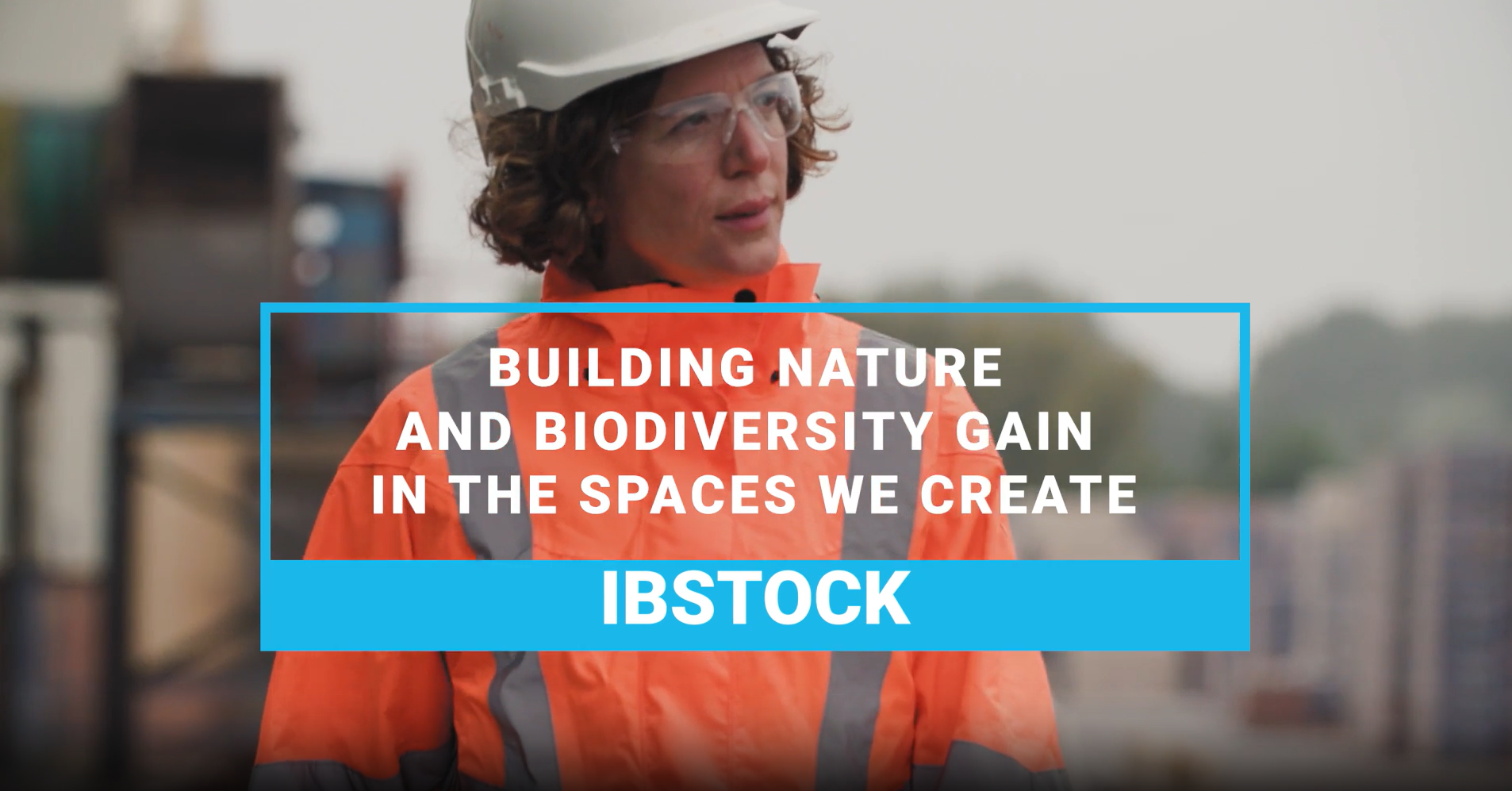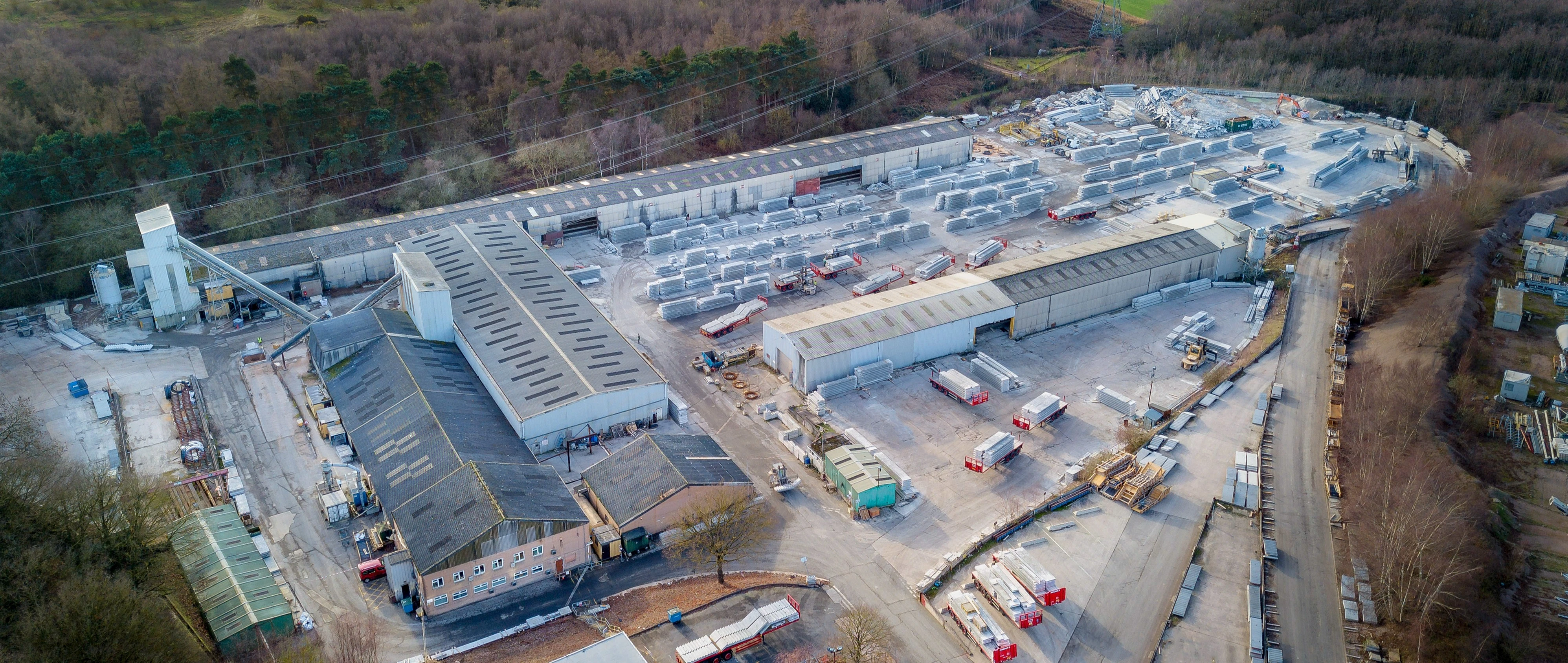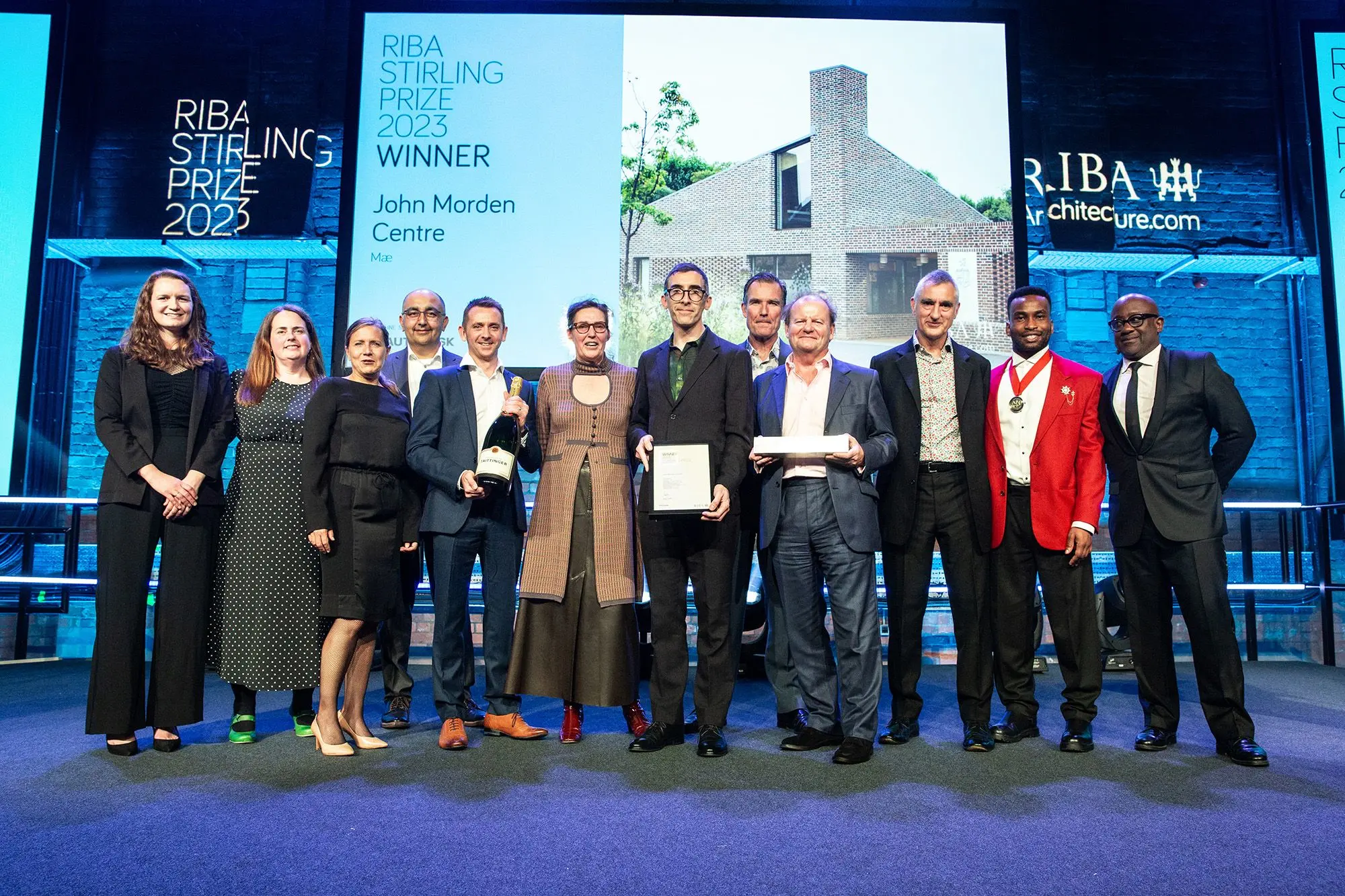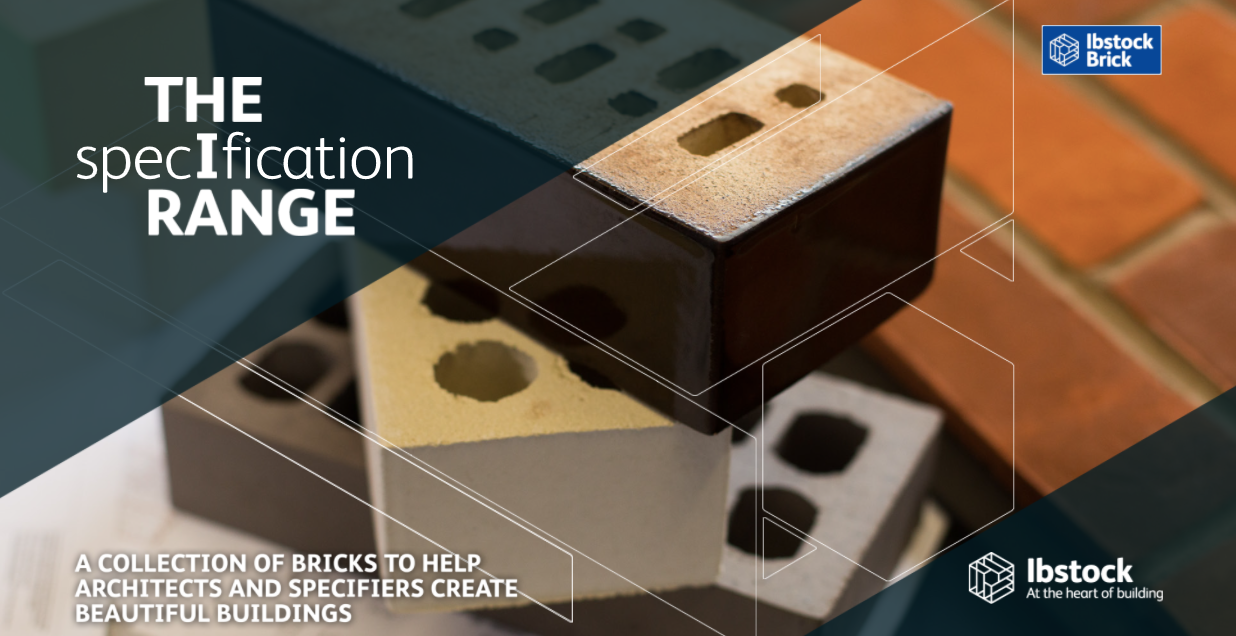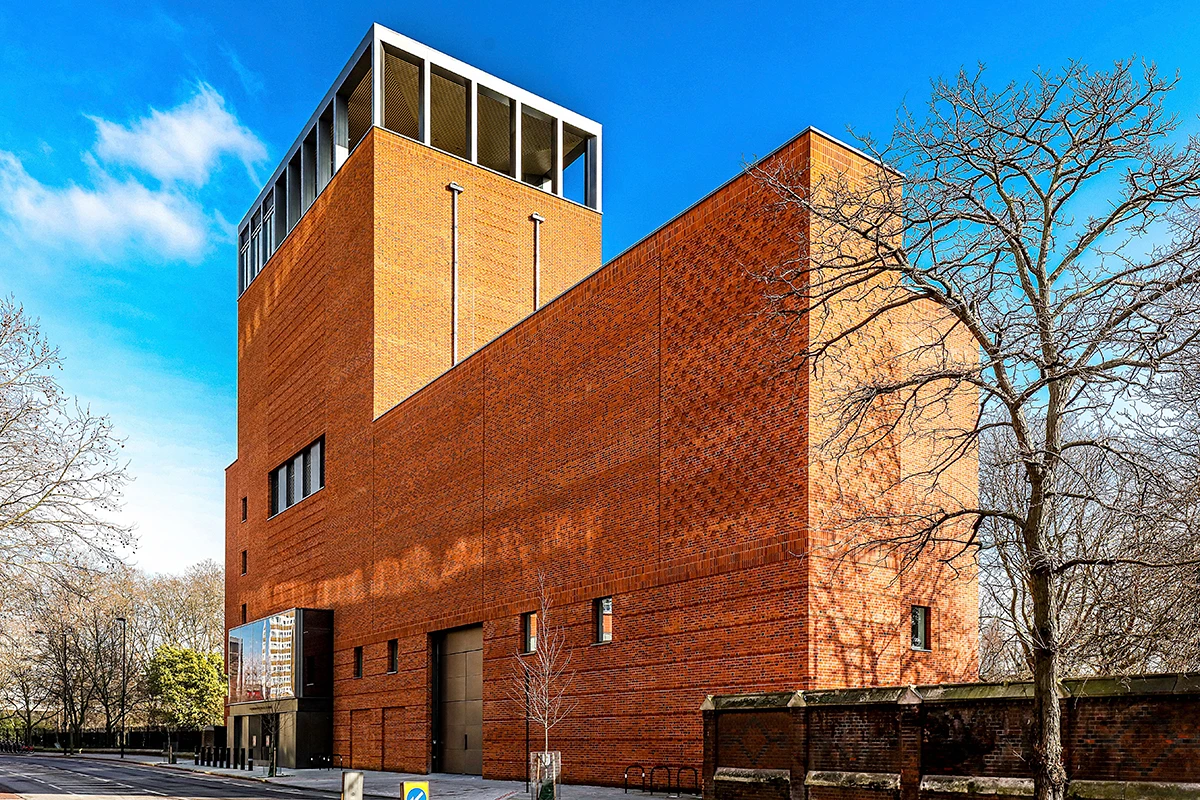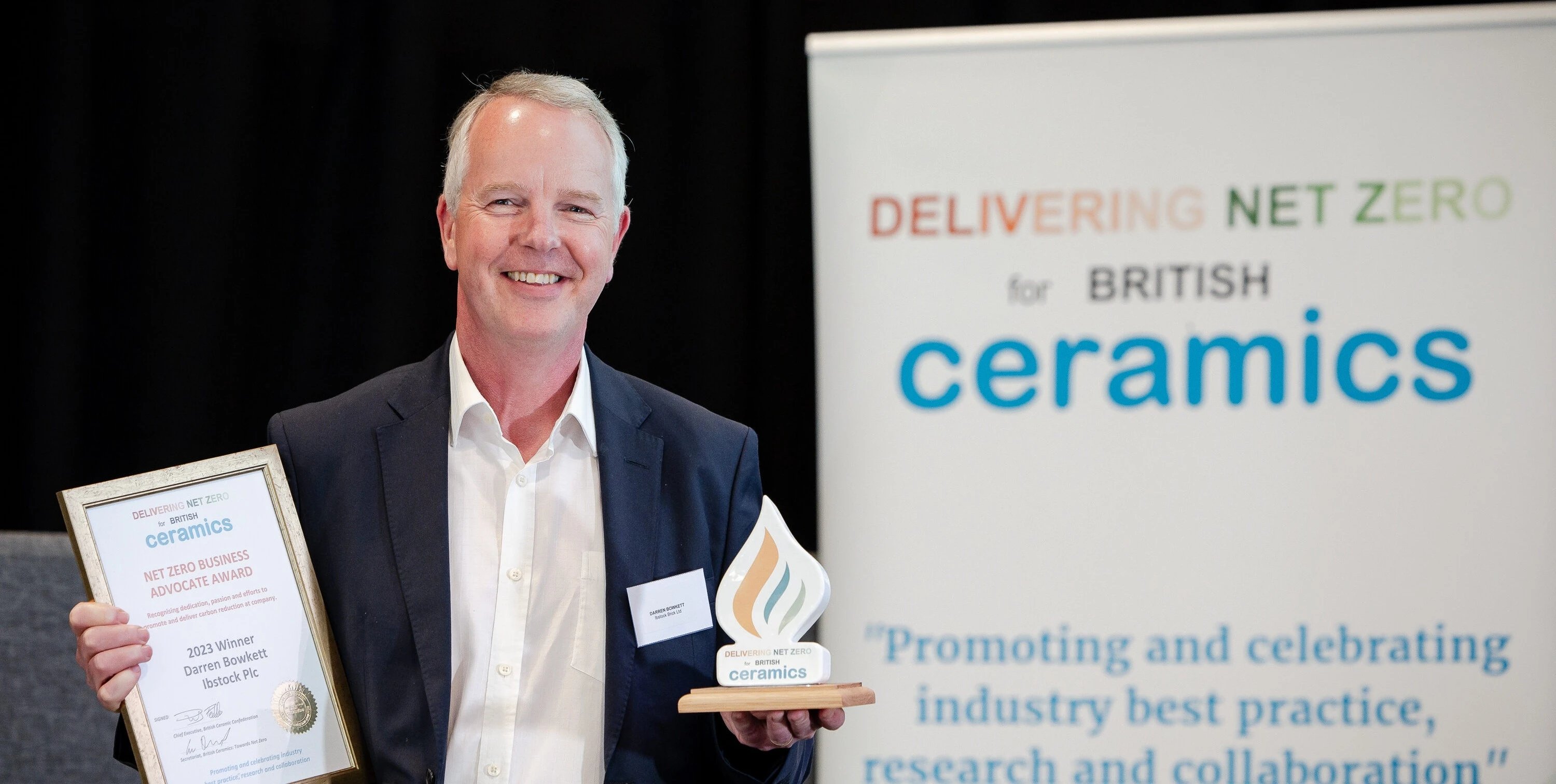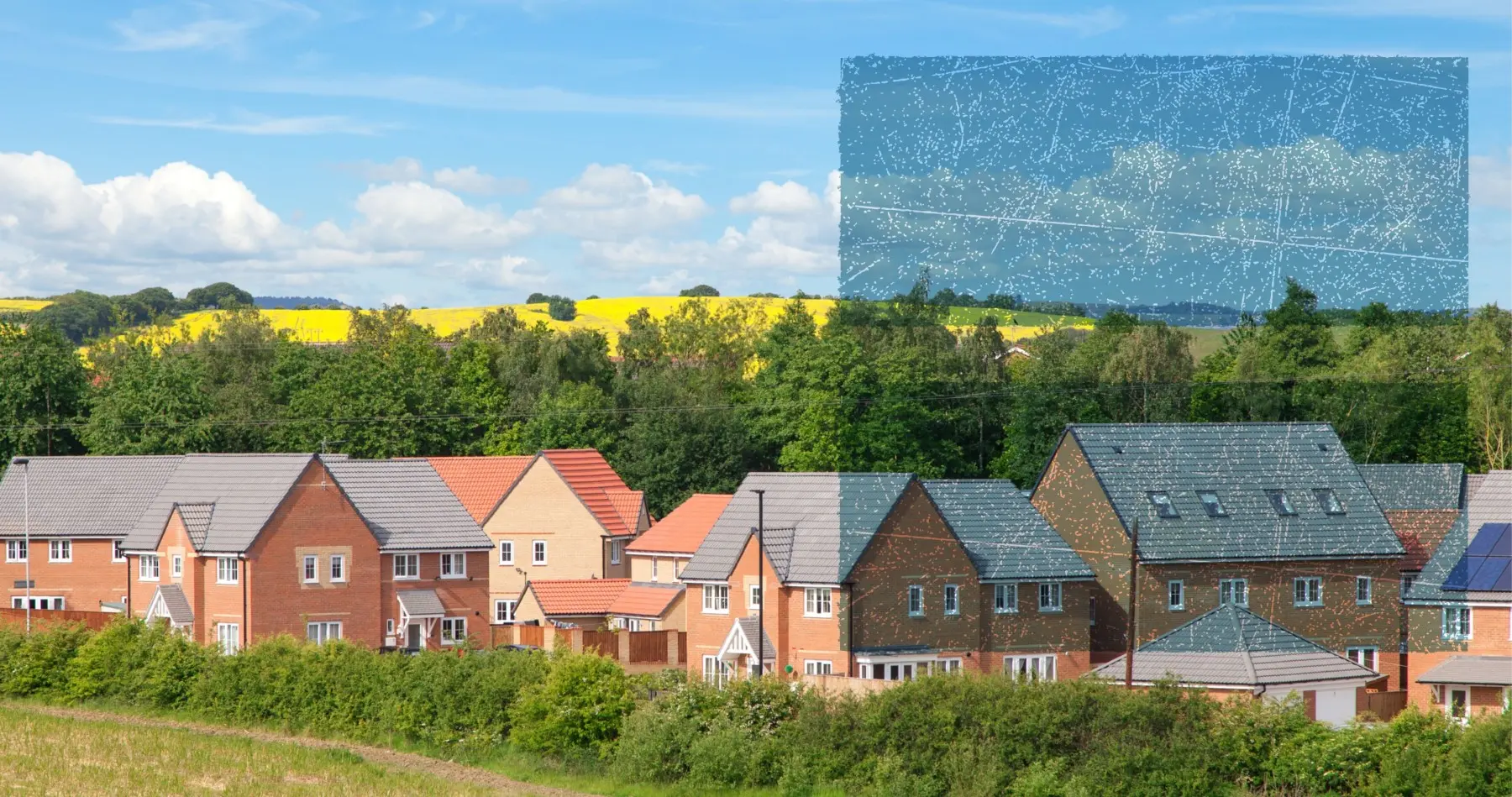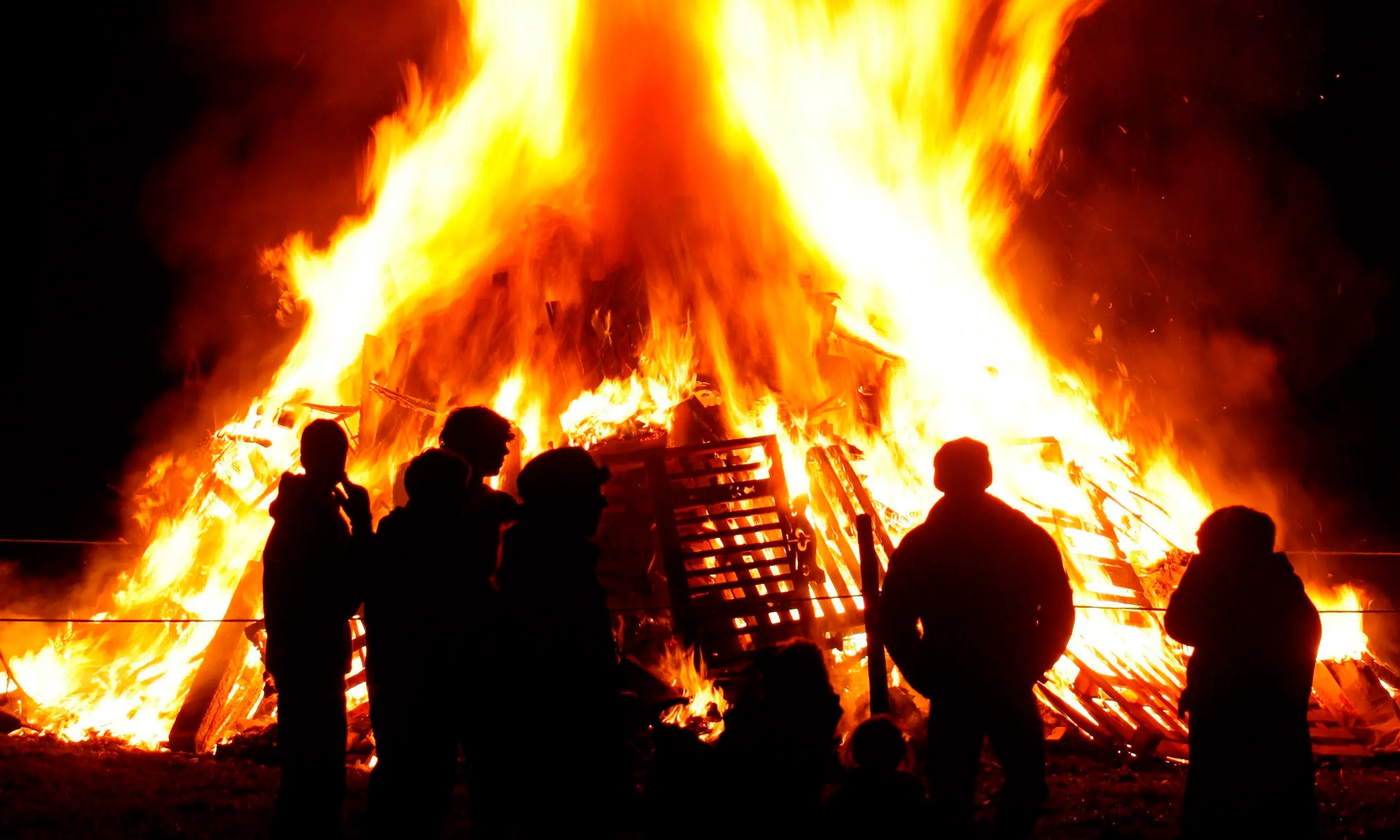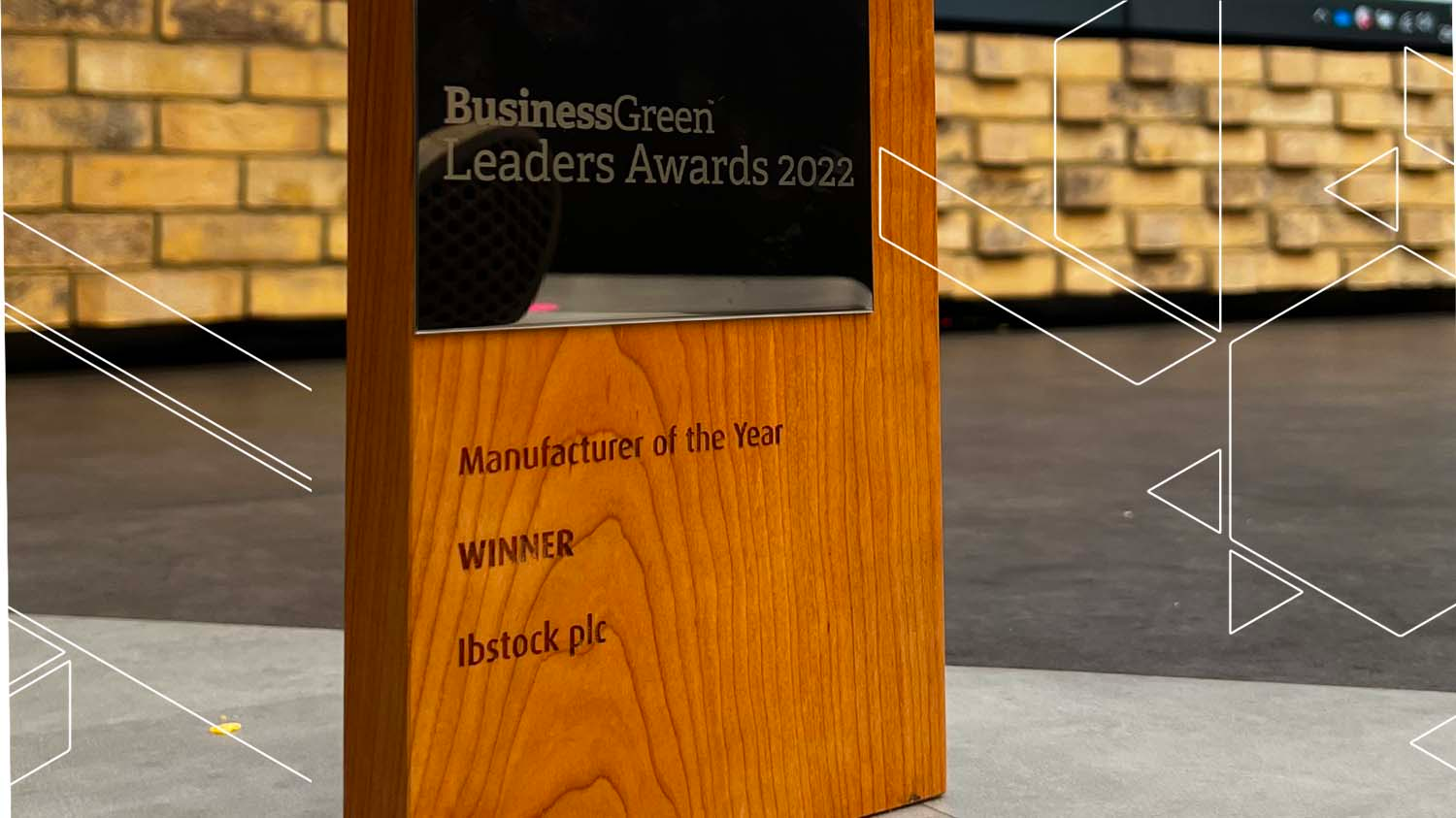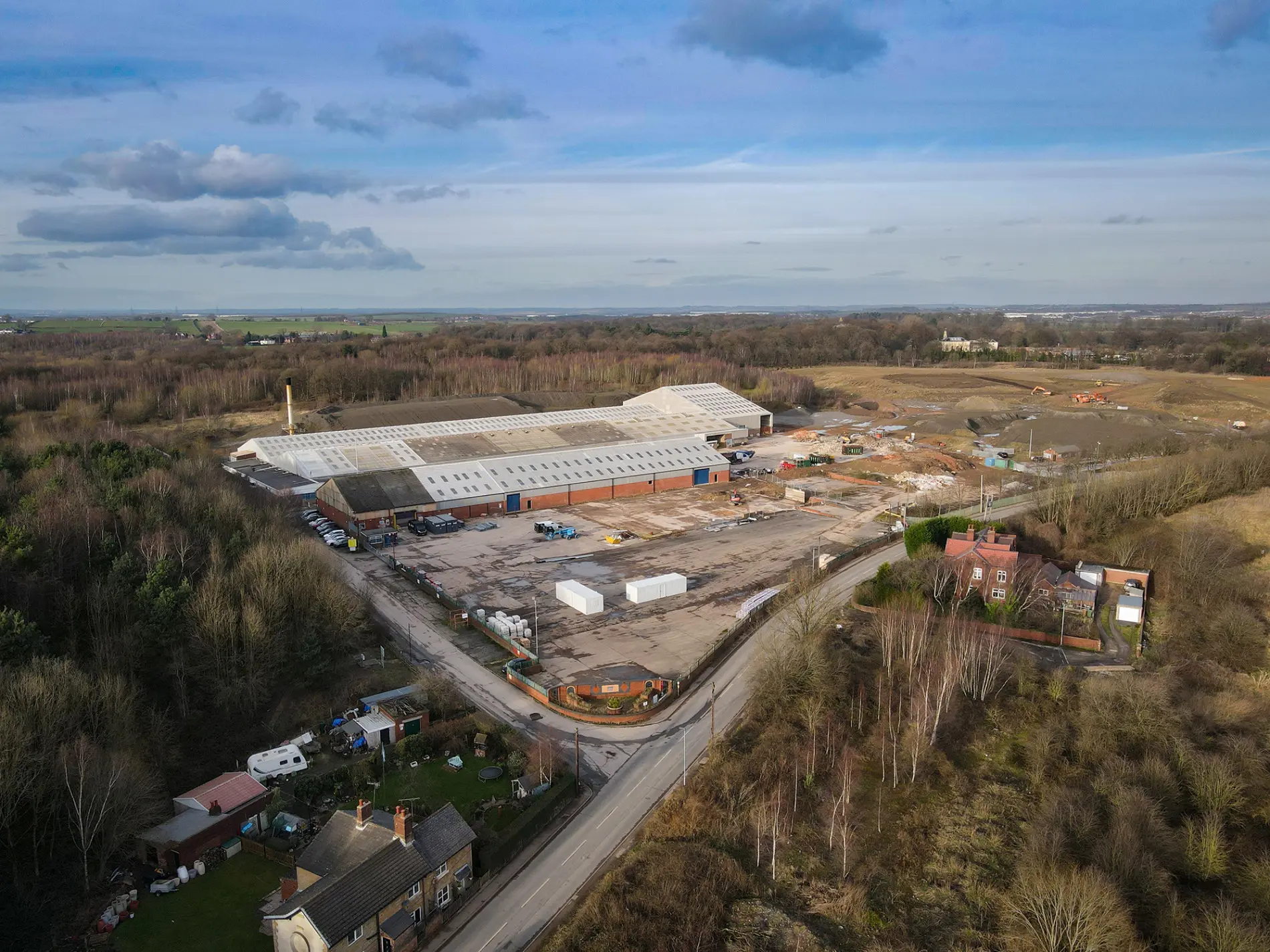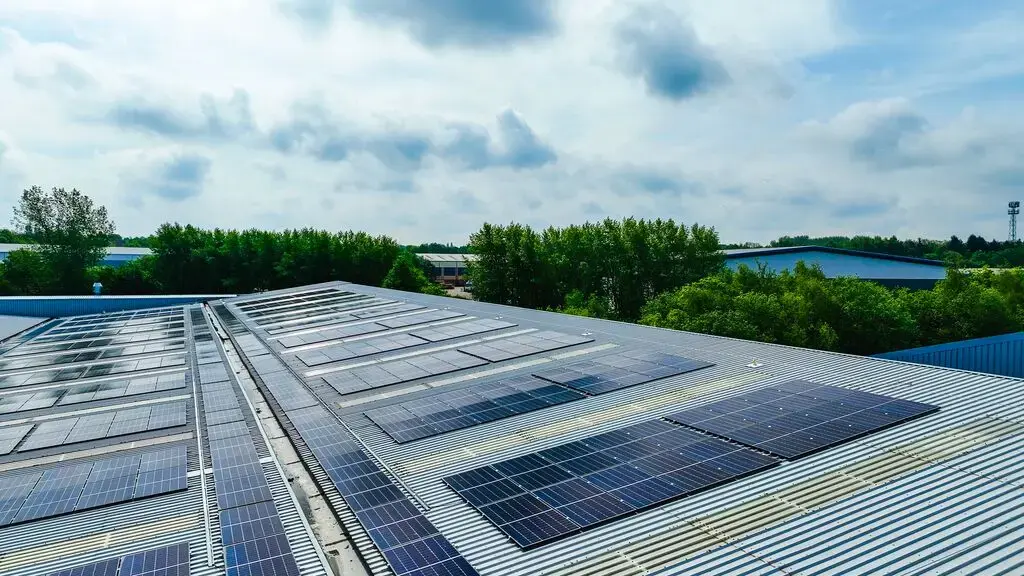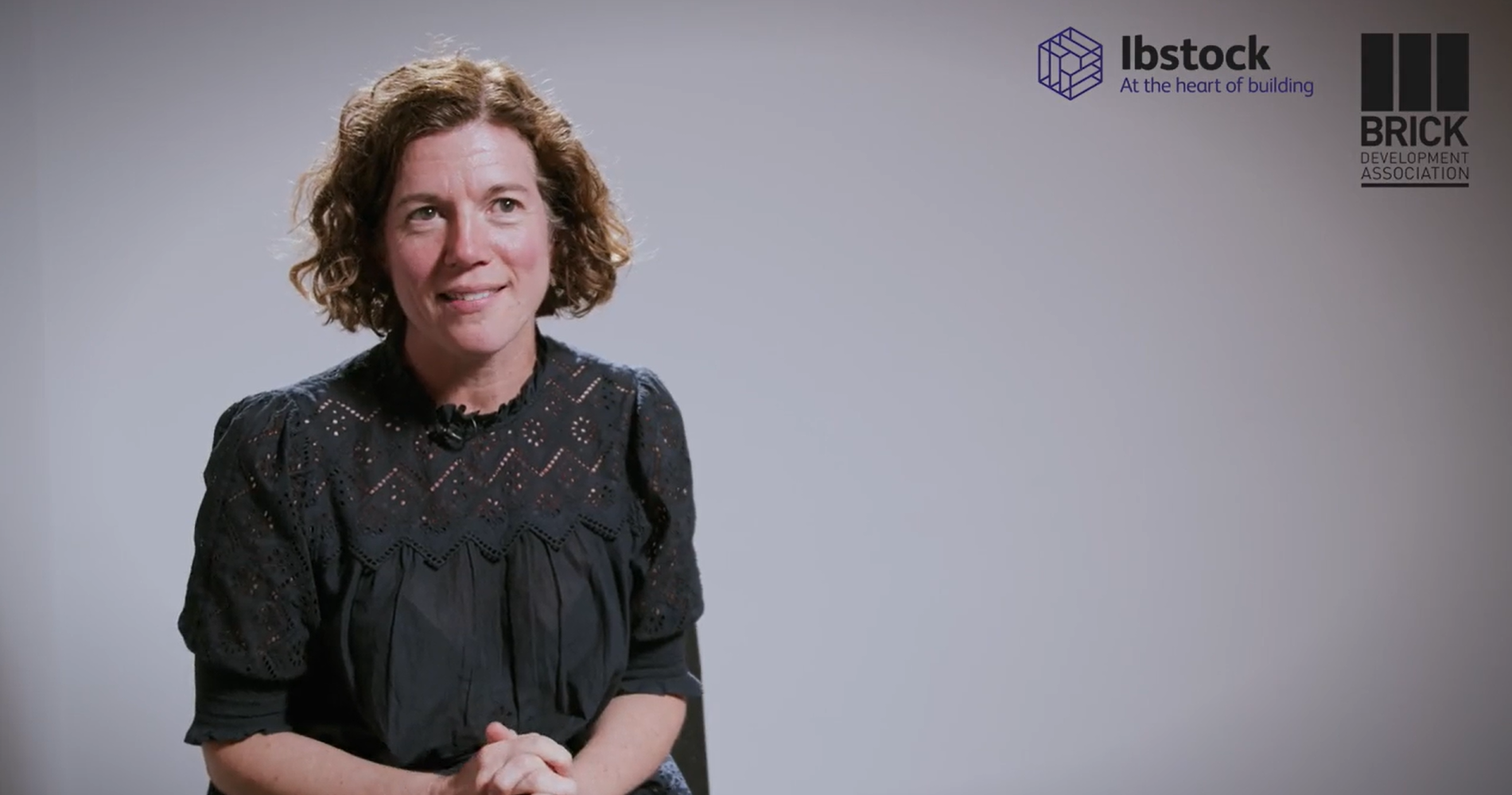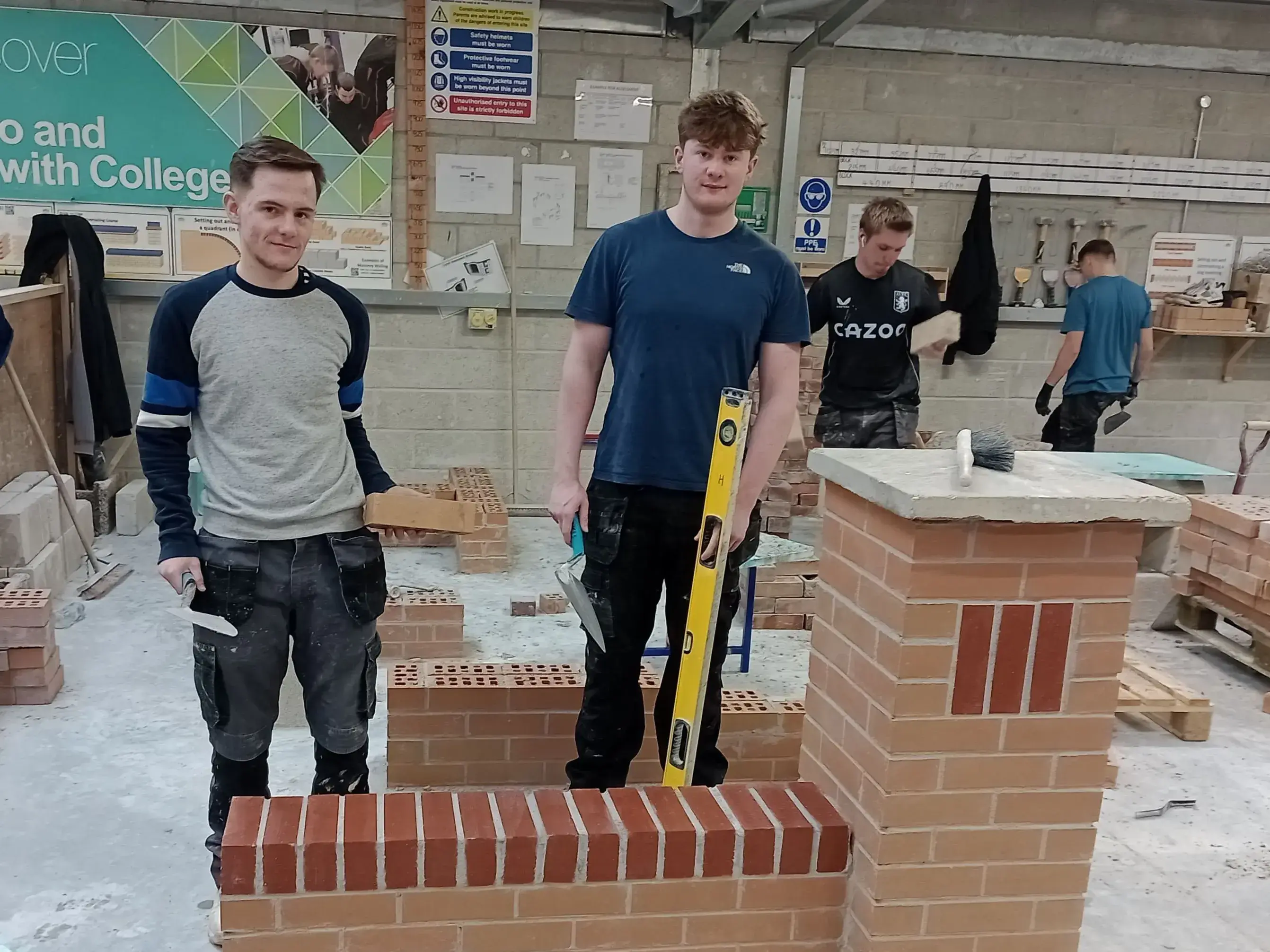29 May 2025
In this article Emily Landsborough, Head of ESG at Ibstock, discusses the steps housebuilders and building manufacturers are taking to safeguard the UK's biodiversity and questions whether legislating certain building materials in new homes could protect a beloved British bird facing extinction.
Few sights or sounds are more emblematic of the British summer than the scream of swifts soaring across the sky. Swifts are a much-loved neighbour during the warmer months. They are renowned for their brown plumage, contrasting with the white colouration around their throats and distinctive call, which many regard as a sign that summertime has arrived.
That call is increasingly at risk of falling silent for good in the UK, with the swift's population numbers plummeting by 60% from 1995 to 2020. The British Trust of Ornithology reports that breeding pairs are set to fall below 40,000 in 2025, with nesting habitat loss identified as the primary cause.
Historically, swifts tend to live in old houses or churches, squeezing through tiny gaps to nest inside cavities in roofs and walls. As older buildings are renovated and gaps in soffits closed up, swift nest sites are rapidly disappearing. For this reason, swifts were one of four cavity nesting species added to the red list in the UK's 2021 Conservation Status Report, identifying them as critically endangered.
Swift brick campaign
Author and campaigner Hannah Bourne-Taylor has long championed the swifts’ cause. Hannah’s petition for mandating swift bricks as a solution to the lack of cavity nesting habitats became the fastest growing petition of 2023. Hannah explains:
"Simply put, materials which promote cavity nesting habitat are a measure of survival for birds reliant on our buildings to breed. Countless nationwide renovations, repairs, demolition-work as part of wider regeneration projects, and the government-led push for insulation, combined with no natural cavity nesting opportunities in new builds, leave this category of birds with a very bleak future. Without swift bricks, there is no guaranteed nesting habitat for cavity-nesting urban birds anywhere in the UK.
"It is no exaggeration to say that housebuilders would be the saviour of swifts in the UK if they proactively specified swift bricks across their developments. And what a fantastic prospect that is: becoming the custodian of one of the UK's most beloved species."
Taking steps to conserve wildlife
The past decade has seen significant growth in the UK population, and with this has come a sharp increase in the demand for housing, leading to developments encroaching on our green space. In her inaugural parliamentary address, Chancellor Rachel Reeves announced ambitious plans to build three million new homes over five years to 2029.
This means that some rural spaces will need to be developed, and it is vital to offset the impact on ecological habitats through the specified construction and building materials. This is not just a purely ethical standpoint; it is mandated by legislation. Biodiversity net gain (BNG) targets are set at a minimum of 10% on the land being developed for homes. Whilst guidance is provided on nature-based solutions contributing to biodiversity, such as wildlife corridors, natural water and requirements to replace lost cavity nesting habitat, there is no specific requirement to include bird nesting habitats supporting red-listed birds.
One solution that contributes to BNG targets and restores habitats for species of conservation concern is to make building materials that protect or create cavity nesting habitats a legal requirement in broader planning reforms.
Current building regulations centre on safety, energy ratings, and access or building use, with the government encouraging the use of green infrastructure (GI). Forward-looking developers are embracing this, but more needs to be done.
Industry-wide action
As a sector, we have the unique opportunity to save swifts and other birds who nest in our buildings by creating cavity-nesting habitats as we build. Swift bricks provide a nesting habitat for eight species of birds, from the iconic swifts to blue tits and house sparrows. Access to nature is an increasingly important industry consideration, meaning swift bricks ensure species survival and create an invaluable legacy for people, preserving our most accessible daily touch point to nature: urban birds. Urban birds might be among the few animals seen regularly by people living in busy towns and cities.
With no special protection for cavity-nesting species of birds in the UK, there is a blind spot within the ecology sector and no legal incentive to make provision for nesting sites. In contrast, year-round protection in many EU countries may be why swifts are a low conservation concern across the continent. In light of species' reliance on buildings and the loss of cavity nesting habitat, Gibraltar added a swift brick planning policy thirty years ago, and their swifts have stabilised. Following suit, The Netherlands mandated swift bricks in their equivalent to Building Regulations in 2024. There is a British Standard (BS 42021:2022) specifically for this measure that provides necessary guidance and flexibility for developers. However, we question whether it is enough to save red-listed birds.
The broader context of biodiversity loss is alarming, with the UK positioned the lowest among the G7 countries. In addition to the climate crisis, biodiversity loss through insect decline and habitat loss continues to deplete species. According to the 2023 State of Nature report, one in six species faces national extinction, including 43 per cent of birds. 75 British birds are currently on the Red List, and species restoration is often complex.
We are uniquely positioned to save this whole category of cavity-nesting birds—our closest wild neighbours. Site loyal, once swifts and house martins move into their swift brick, they will return year after year to the exact brick. As an industry, we can create a legacy for generations to come, benefiting from the connection this measure gives us to nature.
Industry leadership
We are seeing positive signs across the industry that key stakeholders are seeking to take affirmative action. Chief among these is the Future Homes Hub, a coalition of businesses across the housebuilding supply chain. The Future Homes Hub seeks to provide leadership in building homes that are more sustainable and in better accordance with the natural environments in which they are built. The Hub's modus operandi is to '
build homes for nature', with the specification of products that promote biodiversity a key tenet of its work.
Indeed, the Hub recognises the dire situation of the UK's swift population. As part of its commitment to building homes that promote biodiversity, the Hub advocates providing more nest sites for swifts in newly built homes via the specification of swift bricks. So far, 20 housebuilders, who collectively build more than 90,000 homes per year, have already committed to the pledges outlined by the Hub, which include the addition of one nesting brick in every new home built, alongside other ecologically considerate steps, including the addition of hedgehog highways in all new developments.
The commitment applies to all new development proposals submitted after September 2024 and goes above and beyond the existing Biodiversity Net Gain regulations.
The solutions available
The past decade has seen a great leap forward in the range of materials that help preserve and create habitats available on the market. At Ibstock, we have significantly invested in our
EcoHabitat range of products designed to support native UK species. At the heart of this offering is our
Swift Box, carefully designed to meet new build and retrofit applications. Available in clay and cast stone, it is mortared into the external leaf of a cavity wall to create a secure, weather-resistant and attractive finish. It is accessible to Swifts, as well as eight other British birds, including Blue Tits and House Sparrows.
Ibstock – helping to make a difference
Biodiversity is an integral part of our focus on
sustainability. Tackling cavity nesting habitat loss and providing safe spaces for wildlife is vital, and we are seeing increasing demand for products that address these issues.
Our EcoHabitat range can help protect some common species and comprises a
Bat Box,
Hedgehog Concrete Gravel Board,
Bee Habitat Brick and a
Sparrow and Starling Box. Housebuilders and developers need to incorporate green spaces into their schemes. These products help protect and support critical wildlife while maintaining our homes' integrity and aesthetic appeal so homeowners and wildlife can coexist safely.
Regarding red-listed cavity-nesting birds, we, as an industry, can make the difference between the existence and extinction of birds Brits love so much—they're dubbed our icons of summer. Including swift bricks in our homes is arguably the easiest, urgently essential biodiversity measure available to any industry. We can save these birds as we build, because our homes are quite literally their homes.
As a leading building products manufacturer and solutions provider, Ibstock is committed to being a responsible business. Our ESG 2030 Strategy sets out a clear path to address climate change, improve lives and manufacture materials for life, with an ambitious commitment to reduce carbon emissions by 40% by 2030 and become a net zero operation by 2040. Find out further information about our
sustainability journey.

